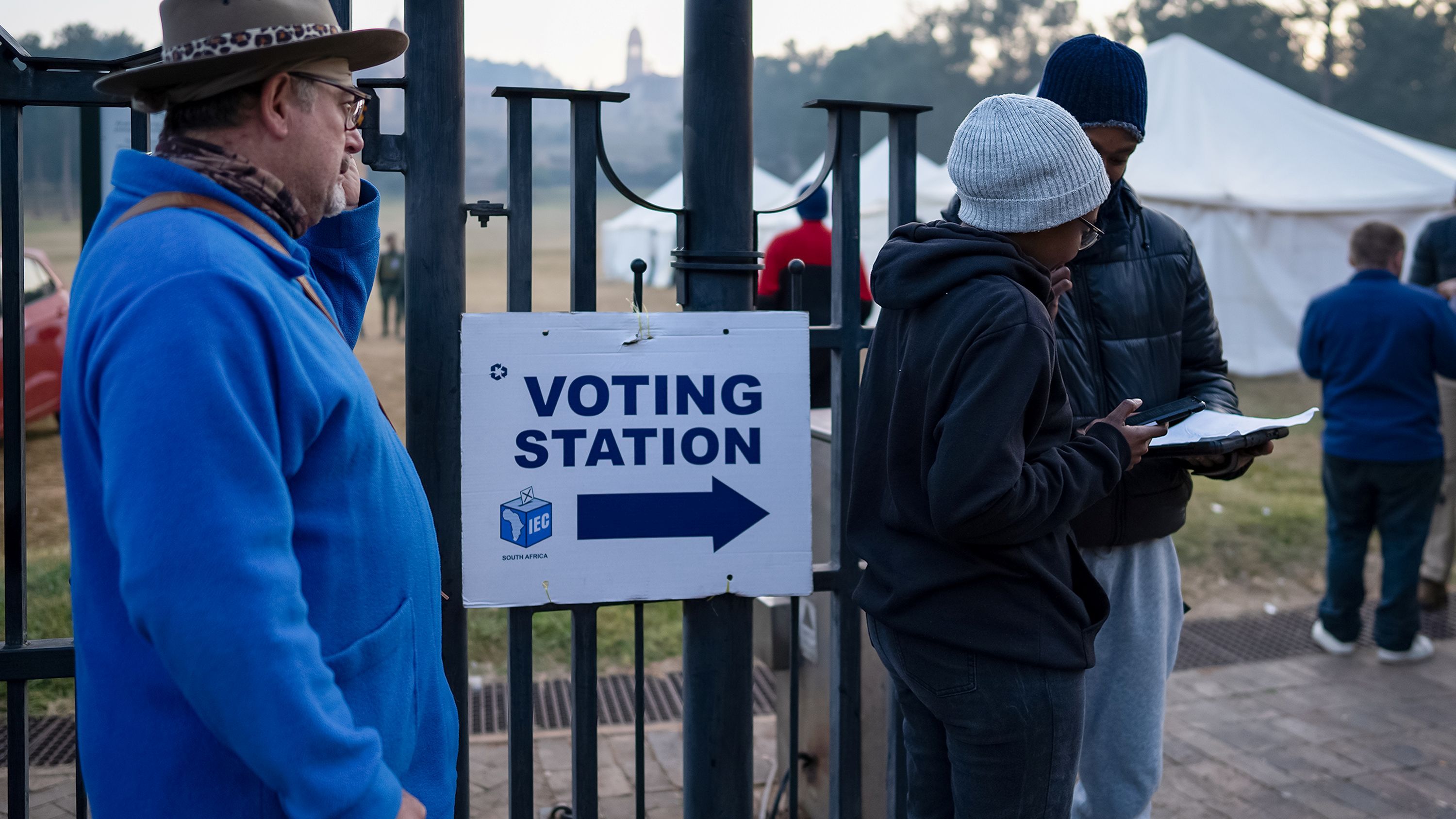Last week was Earth Day 2021, and the world came together for the annual ceremony of resolutions and commitments; to reduce carbon emissions, develop more clean energy sources, etc. The United States, the world’s second-largest emitter of carbon dioxide after China, committed to cutting down emissions by 50-52% by 2030.
In the face of such optimistic progress, I hate to be the voice of doubt as to the general effectiveness of our current environmental policies. However, I feel that the world has been ignoring one very important question in the whole climate change debate.
Non-human Causes of environmental change
I am not denying the fact that humans are the leading cause of environmental change. The evidence towards this is overwhelming. However, there is a good portion of climate change that is caused by the earth’s natural events, beyond the control of humans.
Green Sahara
According to archaeological data, the Sahara was once a green expanse of rivers, lakes, forests, and farmlands 5,500 years ago. However, due to a sudden tilt in our axis of rotation, the monsoon winds that brought the vast Sahara its massive rains shifted, causing the Sahara to develop.
Indeed, the Sahara has been greened and made desert by earth’s natural movements for millions of years. The desertification event 5,500 years ago is just the most recent. What am I trying to show here?
The world is still a mysterious place, and that some climate change can be human-independent. Understanding these outliers can be the key to solving human-caused climate change.
Population factors
As I said above, there is no denying the fact that human activities do indeed affect the climate. In the beginning, God created the earth. And He put man on earth to dominate it and fill it. That’s Genesis 1:28, the bedrock of the entire Christian philosophy, by which more than 2.3 billion humans subscribe.
Is the world full?
However, there’s a big difference between The Genesis and Now – the world is, by all means and intents, full. No longer can dominant nations fill deficits by raiding others to their fill. Even the last vestiges of colonialism are slowly being washed off.
A few hundred years ago the Bantu migration was still spitting up settlers into East Africa. Alas, but Sub-Saharan Africa was indeed the last place on earth to be filled. What’s more, agricultural production is very nearly maxed out in the currently available arable land.
But the earth is not just full. It is also more connected than ever. Anything happening in Africa will invariably affect Europe, the Americas, China, etc. That is reason number one why climate action can only be effective as a global initiative.
Top-down climate action
This year’s slogan for Earth Day was “Climate Literacy”. Education on environmental affairs should not just for the policy-makers, but for all of earth’s inhabitants. Only then will it be possible to create meaningful and lasting solutions.
However, this initiative has to come from the highest level of leadership. Because the government has the ways and means to understand climate change, they should take the lead in information-gathering.
Research
Climate research is important in a few remarkable ways;
- To understand how populations affect the earth and contribute to climate change
- To find alternatives to those practices that harm the environment
- To find a way to reverse the harms of climate change
- To understand the natural climatic patterns affecting large localized areas.
And because the climate is always shifting, these studies should be done on a continuous basis.
Climate action
But the changes go past administration. It is a different era – the information age. More than any other time in history, the amount of data, information, and intelligence available to us today is very high. This information can and should be used to create a comprehensive climate action plan.
This is where citizen contribution comes in. Everyone must play their part to protect Mother Earth. We must take full responsibility for our own actions and be accountable for guarding our home against harm.
Better solutions are needed
Kenya has made great strides in climate action. The 2017 plastic bags ban was a step in the right direction as far as combating plastic landfill. But without alternatives, the plastic carrier bag has slowly returned to the Mama Mboga stand.
Without comprehensive solutions, climate action can be overturned very easily. Moreover, there’s a need to separate politics from climate action. Otherwise, our climate action will be all over the place, with successive governments creating their own priorities and probably harming the environment even more.
Cohesive solutions
Now more than ever, we need broad-based solutions to climate risk and climate change. If it is a plastic bag use ban, we must consider the reasons why people use them in the first place in crafting a solution. Otherwise, necessity will prove to be the worst enemy of climate action.





